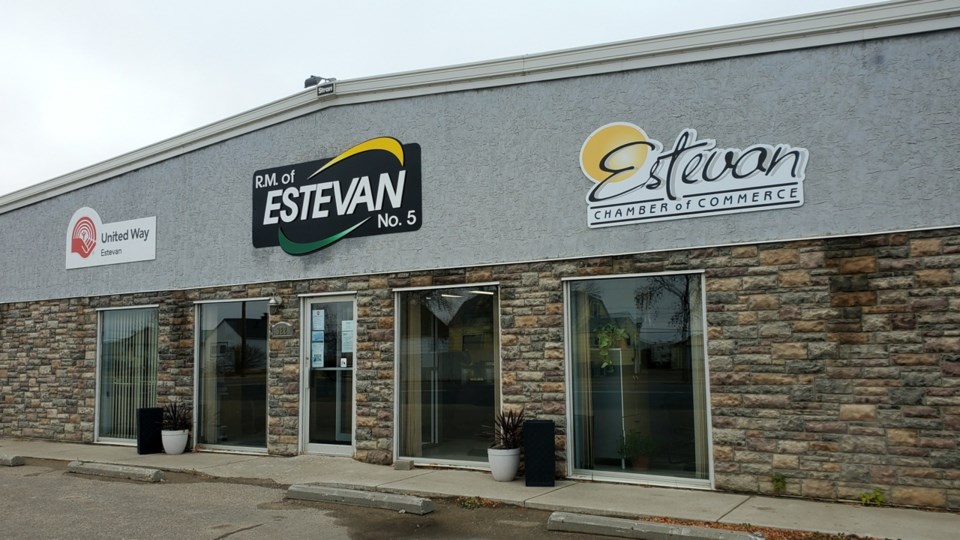RM of ESTEVAN - Most residents of the Rural Municipality of Estevan now have street names and building numbers assigned to their homes.
In the past couple of months, people have been receiving letters from the RM indicating their new civic addresses, which are to be used for emergency needs.
The RM of Estevan has been working with the provincial government to implement the civic address system and now it's nearing completion.
"It has been a huge undertaking and we are quite excited to see it falling into place," said Keri Lukye, administrative assistant (accounts receivable) with the RM of Estevan.
Christopher Clemett, acting executive director, enterprise projects and external relations with the Saskatchewan Public Safety Agency (SPSA), noted that the Saskatchewan Civic Address Registry (CAR) program became operational in 2014, and since then, the focus has been on developing awareness of the program, encouraging rural municipalities and urban municipalities to participate in the program and validate their information, offering training and support for the user community, and integrating the CAR dataset into different emergency response technology platforms.
The program was needed to improve emergency response in rural areas.
"In rural settings, the CAR program helps establish the entry point to locations of interest of human activity, which assists emergency responders to find homes quickly in the event of an emergency. Often in the case of legal land description (DLS), lot block plan or other rural land survey systems, entry points to dwellings or places of activity are not captured or easily identified. These entry points are critical information for emergency response personnel. The CAR program provides information to cover that gap in information," Clemett explained.
Lukye said that with the exception of a few homes, for which more location information is required, the RM of Estevan should have every home and business registered with the CAR. As the CAR program is voluntary and access points change over time, it will be an ongoing process to keep the map up to date, but most of the residents already know their addresses.
"Once we are confident that all of the homes and businesses have been addressed council will be discussing options for signage," Lukye said.
The RM has several streets and roads named after residents. For example, there is a Hinzman Road in the southern area of the RM, named after Lester Hinzman – a long-term resident. Some roads are named after previous or current councillors or reeves, such as Jahn Street in the east industrial subdivision or Dukart Drive located off of the Highway 39 Bypass east of the city.
Some streets were also named after current or past landmarks.
"Other road names include Boundary Beach Road, named simply because of where it leads or EGS Road which is the road from the city that leads to the landfill, EGS referencing the Estevan Generating Station that was once located in the valley down that road," Lukye said in giving some other examples.
She noted that the civic addresses will not be printed on their RM maps. But according to SPSA, it is anticipated that as the CAR dataset becomes more mature and information is validated, commercial entities such as Google, Bing and others will look to CAR for the information it provides to augment their own products.
"Information Services Corporation (ISC) is responsible for providing the information to commercial entities through an agreement with the Saskatchewan Public Safety Agency," Clemett said.
He went on to explain that the CAR system was envisioned to provide information for services beyond emergency response such as courier, package delivery and food delivery services. However, it does not contain names or postal code information, and as such, currently it may not provide sufficient information for mail delivery.
Land locations or PO boxes, which residents had as their addresses for the documents, can still be used as there is no requirement to change addresses in other systems unless required by the organization gathering the information, Clemett noted.







